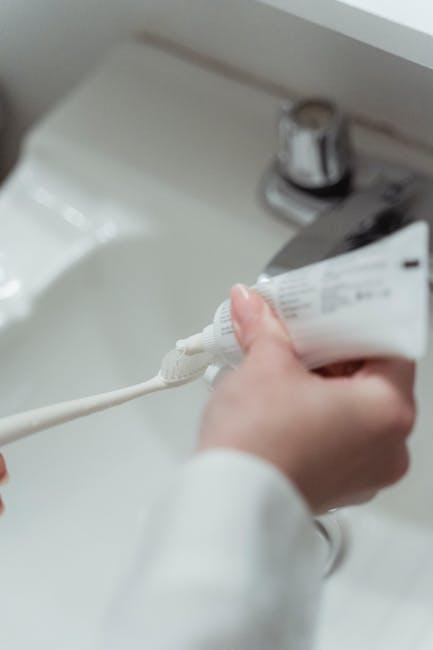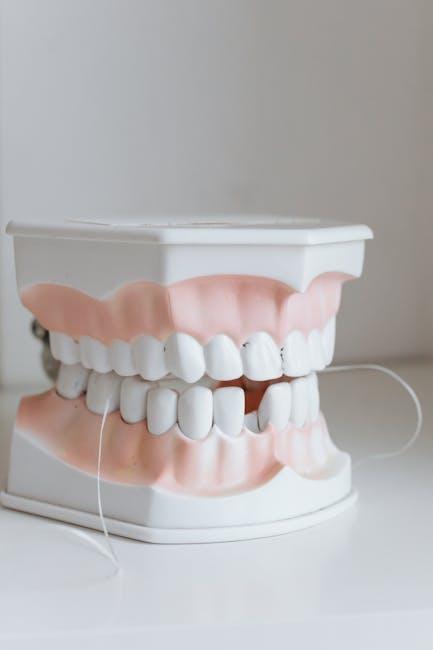
Fluoride Ban Could Create Cavities For 1 Of Every 3 U.S. Kids – U.S. News & World Report
Fluoride has long been championed as one of the most effective tools to prevent tooth decay, especially in children. However, potential legislative bans on fluoride in drinking water pose a serious threat to pediatric dental health in the United States. According to recent reports from U.S. News & World Report, such a ban could lead to cavities in as many as one in every three U.S. kids. This article explores why fluoride matters, the risks behind banning it, and practical tips to ensure your child’s smile stays healthy.
Why Is Fluoride Important for Children’s Dental Health?
Fluoride is a mineral naturally found in water and many foods. It plays a pivotal role in:
- Strengthening tooth enamel and making it more resistant to acid attacks from bacteria.
- Reversing early signs of tooth decay.
- Reducing the overall incidence of cavities significantly.
Because of these notable benefits, the Centers for Disease Control and Prevention (CDC) has declared community water fluoridation as one of the ten great public health achievements of the 20th century.
The Growing Concern: Fluoride Ban and Its Impact on U.S. Children
Some states and municipalities have started to reconsider or ban the addition of fluoride to public drinking water, citing varied concerns such as potential health risks and individual choice. However, dental experts warn that banning fluoride could disproportionately affect children’s oral health, especially in vulnerable communities.
What the data says:
| Statistic | Impact |
|---|---|
| 1 in 3 U.S. children | At risk of developing cavities if fluoride is banned |
| Dental caries (cavities) | The most common chronic childhood disease per CDC |
| 25-40% | Reductions in tooth decay linked to fluoridated water in communities |
Removing fluoride from the water supply strips away a crucial, low-cost prevention measure that benefits children nationwide, especially those who may not have regular access to dental care.
Benefits of Fluoride in Drinking Water
Fluoride’s inclusion in community water systems offers a host of benefits that are hard to replicate through other means:
- Cost-effective protection: For every dollar spent on water fluoridation, communities save $38 in dental treatment costs.
- Equitable dental health: Helps reduce oral health disparities among low-income and minority children.
- Continuous exposure: Delivers a slow, consistent dose of fluoride throughout the day.
- Safe and supported by research: Extensive scientific studies have shown that fluoridated water is safe and effective.
Potential Consequences of a Fluoride Ban
Should fluoride be banned from community water, the following concerns may arise:
- Increase in cavities and dental problems: Without fluoride, tooth decay rates are expected to rise sharply among children.
- Higher dental care costs: Families and health systems bear increased expense for fillings, extractions, and other treatments.
- Widening oral health disparities: Low-income families who depend on public water for fluoride exposure will suffer disproportionately.
- Impact on overall health: Poor oral health is linked to other health complications, including infections and developmental issues.
Practical Tips to Protect Your Child’s Teeth If Fluoride Is Limited
If your local water system reduces or removes fluoride, consider the following strategies to maintain your child’s dental health:
- Use fluoride toothpaste: Supervise children to ensure they use an appropriate pea-sized amount.
- Consult your dentist about fluoride supplements: Prescription tablets or varnishes can be alternatives where water fluoridation is unavailable.
- Encourage healthy eating habits: Limit sugary snacks and drinks that fuel cavity-causing bacteria.
- Maintain regular dental check-ups: Early detection and treatment of dental issues can prevent progress.
- Promote drinking tap water: If fluoridated, it’s a safe and beneficial habit compared to sugary alternatives.
Case Study: Impact of Fluoride Removal on a Community
In a well-documented case from a mid-sized U.S. city that discontinued water fluoridation, local health officials observed a marked increase in dental decay among children within just five years:
| Measure | Before Fluoride Removal | 5 Years After Removal |
|---|---|---|
| % of Kids with Cavities | 22% | 35% |
| Average Dental Treatment Costs | $90 per child/year | $140 per child/year |
| Dental Visits for Emergency Care | 15% | 28% |
This example highlights the tangible risks and costs communities face when fluoride is removed.
Conclusion: Why Fluoride Is Still Essential for Healthy Smiles
Fluoride remains a cornerstone for preventing dental decay and promoting healthy teeth in children across the U.S. With a possible fluoride ban looming, it is critical for parents, policymakers, and healthcare providers to understand the serious consequences such a decision can have – putting one in every three children at heightened risk for cavities.
Maintaining fluoride in community water supplies supports equitable, affordable, and effective dental health care for all children. And for parents, staying informed and proactive with dental hygiene and professional care can help protect little smiles, regardless of community water policies.
Stay ahead with the latest health news and dental tips by following U.S. News & World Report and consulting your trusted dental professional regularly.


